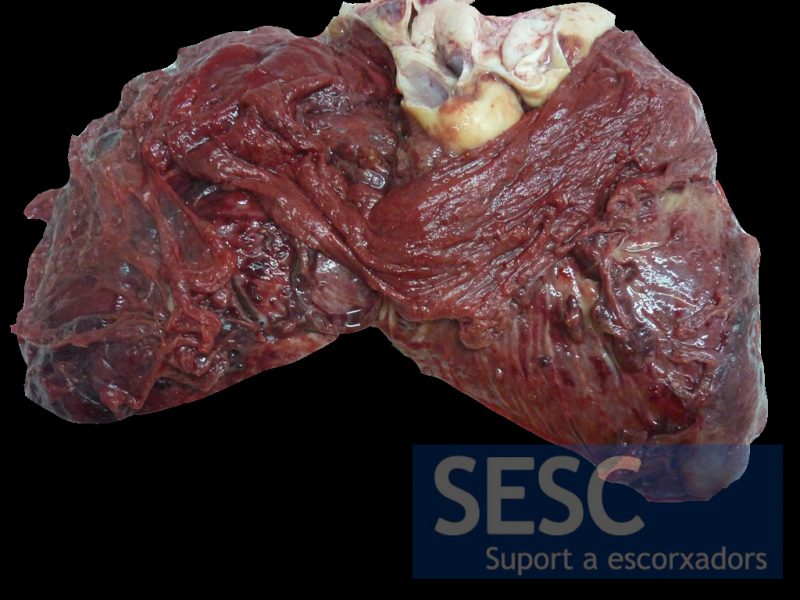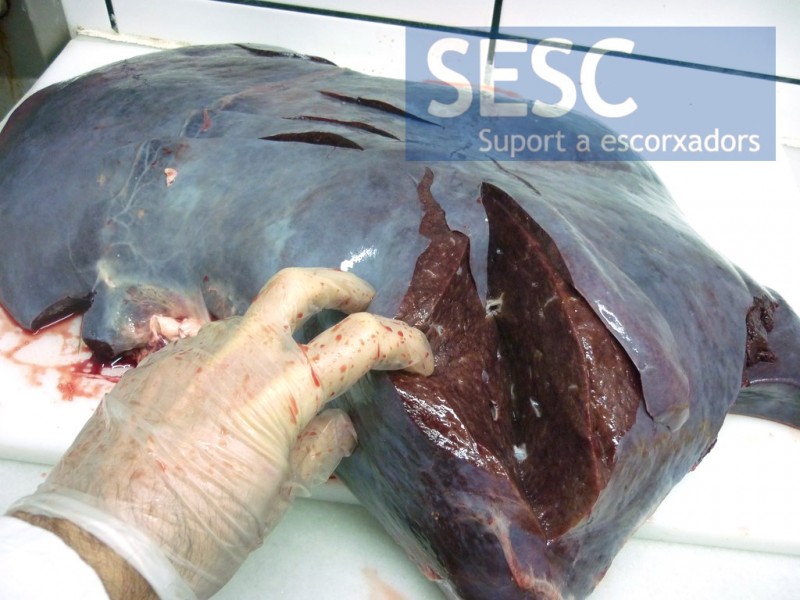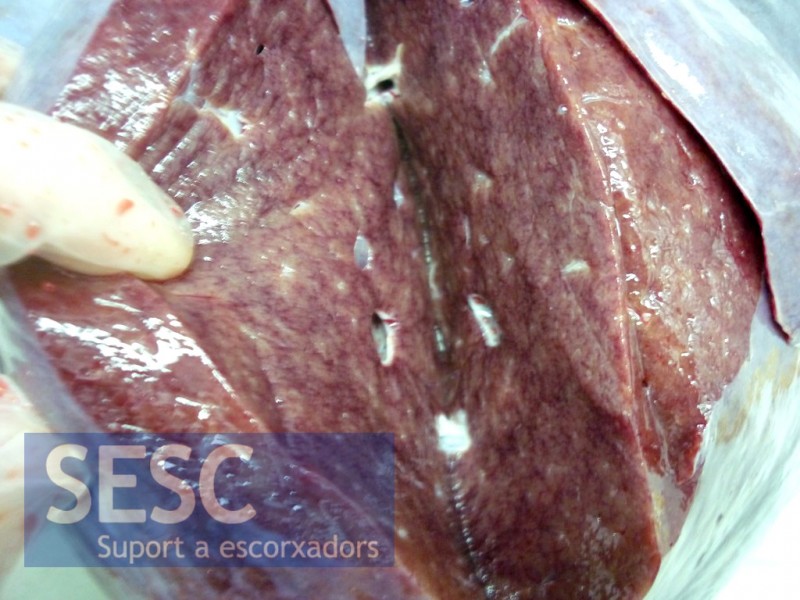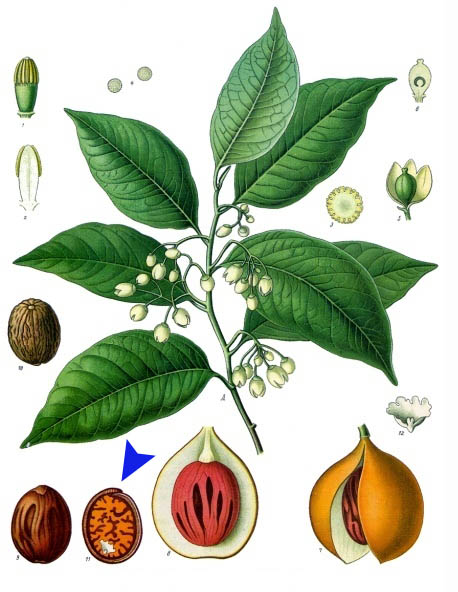Heart and liver lesions in a calf
The lesion observed in the heart is a chronic fibrinous-haemorrhagic pericarditis. In cattle one of the most common causes is the presence of sharp objects that can puncture the wall of the reticulum, diaphragm and pericardium causing the inflammatory reaction (traumatic reticulopericarditis).
The lesions observed in the liver are consistent with those that occur when chronic passive congestion ensues. It is known as nutmeg liver and consists of red (periacinar) regions with hemorrhage and loss of hepatocytes due to hypoxia that contrast with regions of paler, possibly fatty, hepatocytes (periportal). This image resembles the inside of a cut nutmeg seed .
Diastolic volume reduction due to the pericarditis may explain the congestion in the liver.






1 comment(s)
Comment from Ruminant Health, Nutrition and Production Professionals:
By Walt Guterbock
Northwest Livestock Manager at RD Offutt Company
I have seen similar lesions with gossypol (cottonseed) toxicity. Also seen with rumensin (monensin) toxicity.